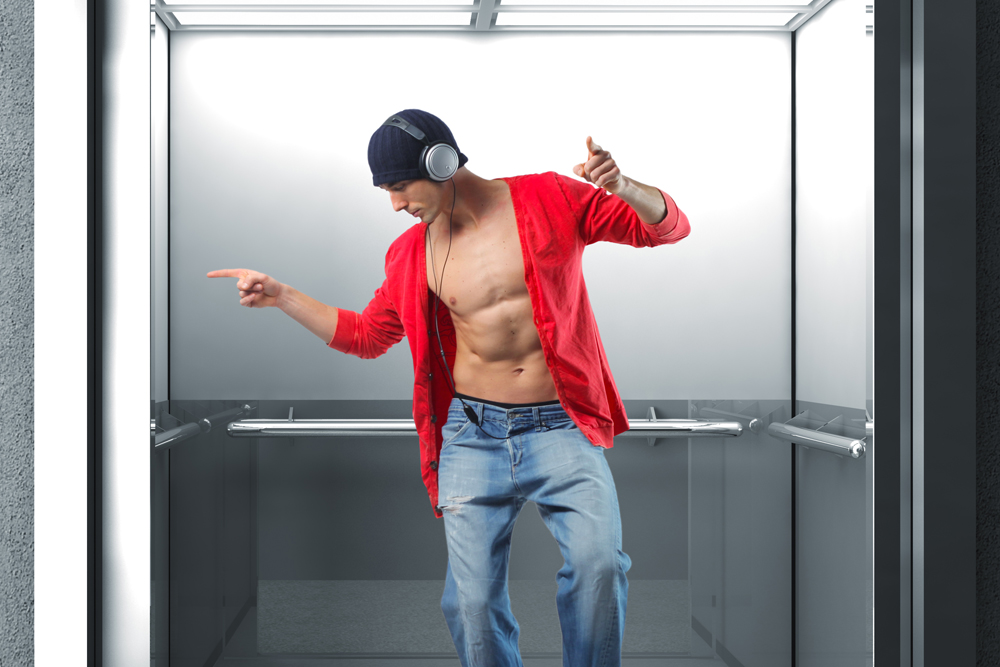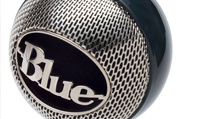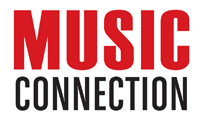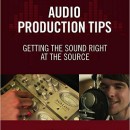The difference between a profitable career in production and music as a money pit is the level of results we are able to achieve while controlling expenses. The best way to control production costs is to have a fundamental understanding of what is happening to our music during each stage of the studio process: input, inside of the computer and output. Isolating these paths and giving them individual attention allows us to achieve maximum results with a moderate financial commitment.
As the Director of Education at Crē•8 Music Academy, I make sure that our producers learn how to monetize their creativity without having to take out a second mortgage or shoulder an insurmountable debt. We teach professional production techniques that are used at Westlake Recording Studios daily, including how to bring professional sound to a project studio. This may seem like a daunting task, but the only requirements are awareness, strategic planning, a budget and shrewd investments.
Related: Industry Profile: CRe•8 Music Academy at Westlake Studios
INPUT
The input chain of a project studio is of the utmost importance. Your music (read: product) doesn’t stand a chance if signal isn’t recorded at or above the professional threshold. Aside from a great source like an amazing vocal or instrumental performance, the first thing to address is the microphone.
If I were to select one affordable, versatile microphone for a project studio it would be an AKG C414 XLS. Priced at under $1,000, it has cardioid, super cardioid, hyper cardioid, figure 8 and omni-directional polar patterns, a frequency response from 20Hz to 20kHz, three roll-offs and three different PAD options. The 414 flatters a number of common project studio sources, including pop vocals, acoustic guitar, guitar amps and hand percussion. It is a well-rounded, inexpensive option that will yield consistent, predictable results.

An option for those with an affinity for tube microphones (like me) is the Mojave MA-300. The detail, warmth and sensitivity of this microphone makes it a great option for any source that should sound thick and warm, especially vocals. The MA-300 features continuously variable polar pattern functionality, from omni to figure-8 and all patterns in between (including cardioid). Jensen transformers and JAN 5840 tubes make this microphone well worth the $1,300 investment, especially when paired with a quality mic pre and compressor.
The approach to selecting a mic pre and compressor for the input chain of a project studio can be approached one of two ways:
1.) Maximum financial commitment to a mono chain
2.) Split financial commitment to a stereo chain
Consider the objective of your project studio. If the sources are often vocals, guitars or other small, live instrumentation, it makes sense to allocate your remaining input chain budget (after the microphone purchase) to high quality, mono gear.
In the single-source and mono domain, professional engineers and producers have a deep affinity for the Neve 1073 mic pre. It has stood the test of time as at the go-to pre for great sounding gain and pleasing harmonics. However, vintage 1073’s and 1084’s can be expensive, hard to find and difficult to maintain. BAE Audio has modernized these classic Neve modules as a fantastic resource for producers and engineers who desire a professional, classic sound without the almost-certain downtime of a vintage 1073. The sonic texture of the BAE reissue holds up to their vintage counterpart and costs just over $3,000 (power supply included). Any mono source through a BAE 1073 will instantly become professional grade.
If your workspace includes a lot of stereo sources, such as keyboards and synth modules, it may be best to purchase two identical mic pres at a lower individual cost while still retaining as much quality as possible. This is also an efficient approach if your microphone schemes frequently include stereo techniques. The Avalon M5 is a strong option for a mono mic pre. It provides professional-level gain with low noise. The M5 is priced around $1,700, so the purchase of two units for stereo tracking is equivalent to one 1073 for mono signals.












